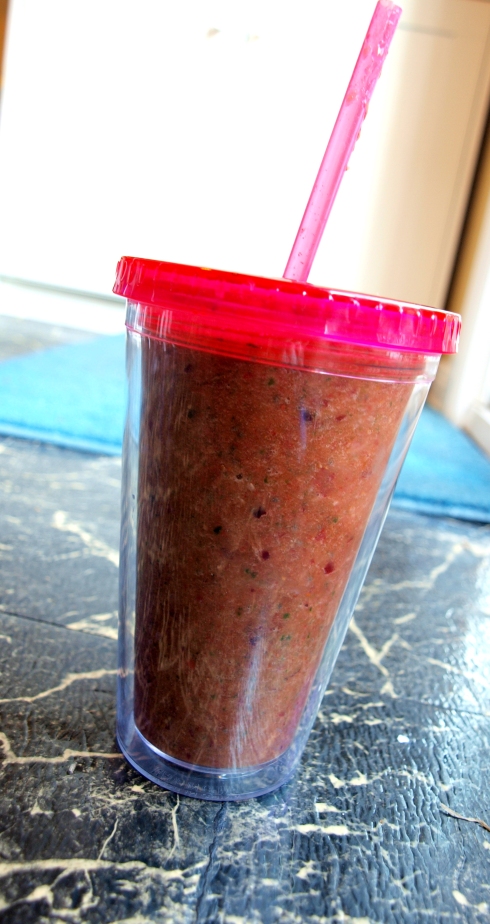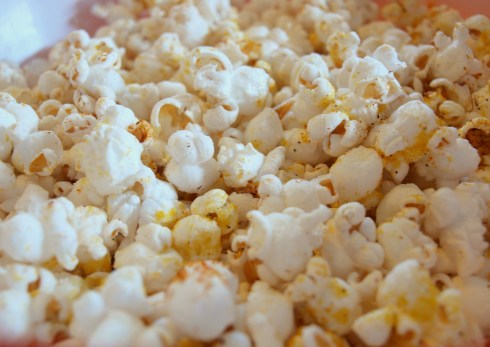
Agave nectar (pronounced ah-GAH-vay) is a natural sweetener that is produced from several species of the agave plant, most commonly the Blue Agave (interesting fact: the Blue Agave is the same plant responsible for the production of tequila). The Blue Agave is used most often because of its higher carbohydrate content which results in a higher fructose content in the resulting nectar. The sweetener is typically made in Jalisco, Mexico.
Agave nectar has a consistency that is comparable to honey. It can be used to replace other liquid or granular sweeteners in a recipe (i.e. honey, maple syrup, sugar); however, the ratios required may not be 1:1. One source states that agave nectar is 40% sweeter than brown or white sugar, so when swapping out sugar for agave nectar, be sure to use less in your recipe!
Agave is touted as a vegan product. This was surprising to me, as I thought most sugars and sweeteners were vegan. However, one source states that some sugars are filtered using bone char from animals, so agave nectar may be one appropriate alternative in a vegan diet.
This sweetener can be purchased in two varieties: light or dark. The lighter syrups are also lighter in colour. They have a more mild taste and can be used in a large variety of recipes. The darker syrups are filtered less which results in a stronger flavour. Darker agave nectars can be purchased in the store for purposes such as pancake/waffle toppings.
These nectars haves been deemed as healthy sweeteners in the media. Recently, however, its health claims have been scrutinized and reports are stating that this sweetener can actually be as bad for us as high fructose corn syrup. There is a lot of conflicting information about agave nectar, so you may have to decide for yourself if agave nectar is for you.
Healthy Rice Crispy Treats
slightly adapted from: Vanilla and Lace
Ingredients
- 1/3 cup xagave
- 1/3 cup peanut butter
- 1 teaspoon vanilla
- 3 cups rice crisp cereal
- ¼ cup chocolate chips
Directions
- Heat agave and peanut butter over medium heat until it looks like a thick syrup, about 2-3 minutes.
- Add vanilla.
- Spray a medium sized bowl with oil and add the rice cereal, pour syrup mixture on top, and mix until evenly coated and chocolate is melted in.
- Press into oiled 9×9 dish. Refrigerate for 1 hour.
For other recipe ideas, try these:
Whole Wheat Oatmeal, Raisin and Chocolate Chip Cookies
Strawberry Banana Ice Pops
Toasted Sesame Tofu Caramelized with Agave Nectar, Wasabi and Soy Sauce
Agave Nectar Ketchup
Healthy Vanilla Bean Cherry Chocolate Granola Bars




















